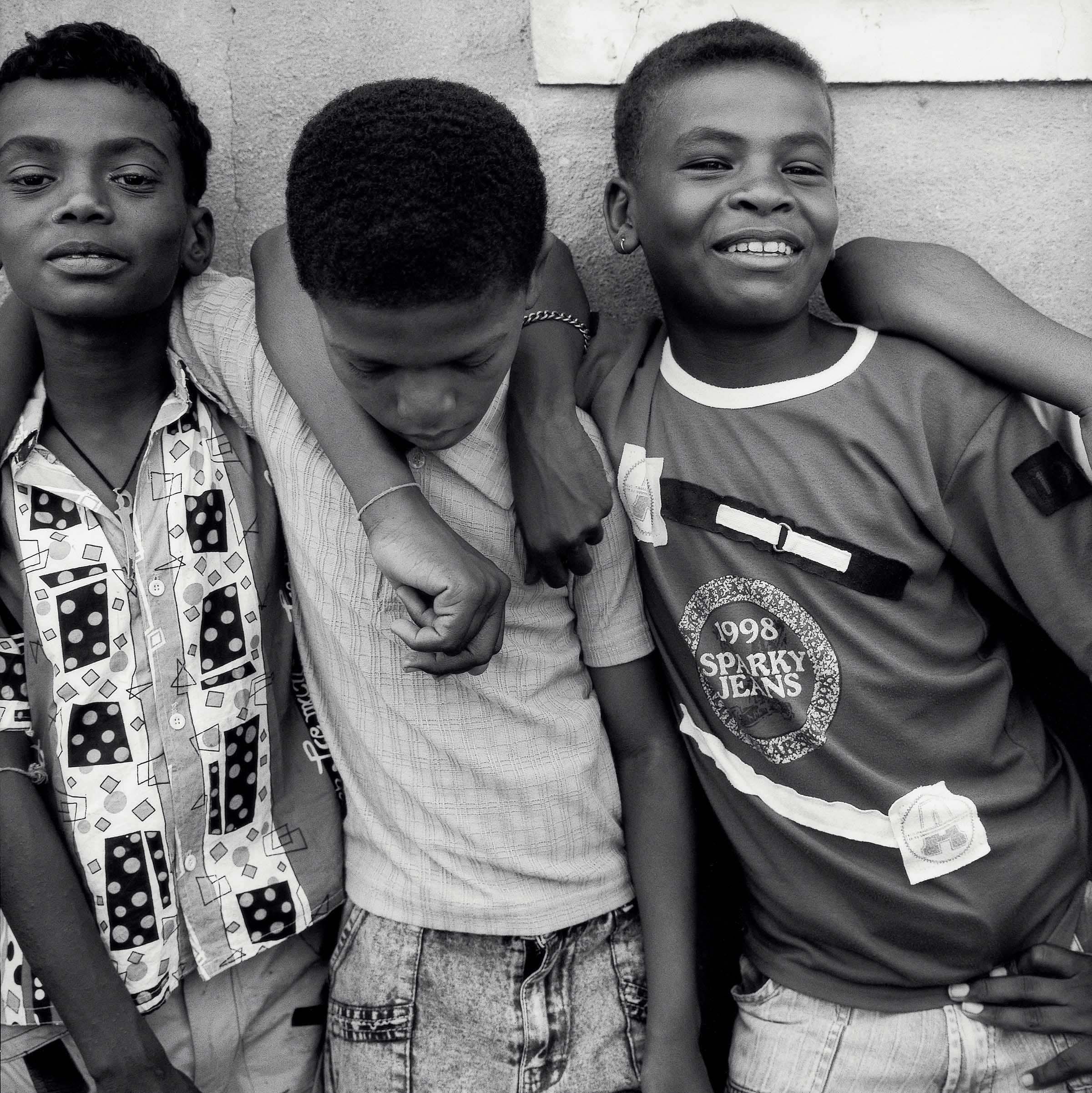Sheth embraces this, a sharp contrast to the urban isolation one can experience in a megacity like Mumbai. “I see how our life is sometimes quite lonely and separate, we have our families but we’re not part of a larger community. They don’t know what it is to not belong to one.”
This faith in the collective is perhaps compounded by a wariness of an Indian mainstream society that is not always welcoming of them.
“For urban Sidi, just getting on the train or going to a marriage feast or working in an office – everyone is aware that you are black. Sometimes there’s a comment, sometimes it’s just a look.”
Their place as the ‘other’ in society mirrors the Indian diaspora’s grappling with its own subaltern hangover.
In spite of this, the Sidi are unplagued by questions of identity. Their heritage tells a complex story, yet their sense of Indian-ness is undimmed; they have assimilated the language, dress and food.
As community organiser Hirbaiben Lobi says in the foreword for Sheth’s book: “All I know is that I am from here.”

